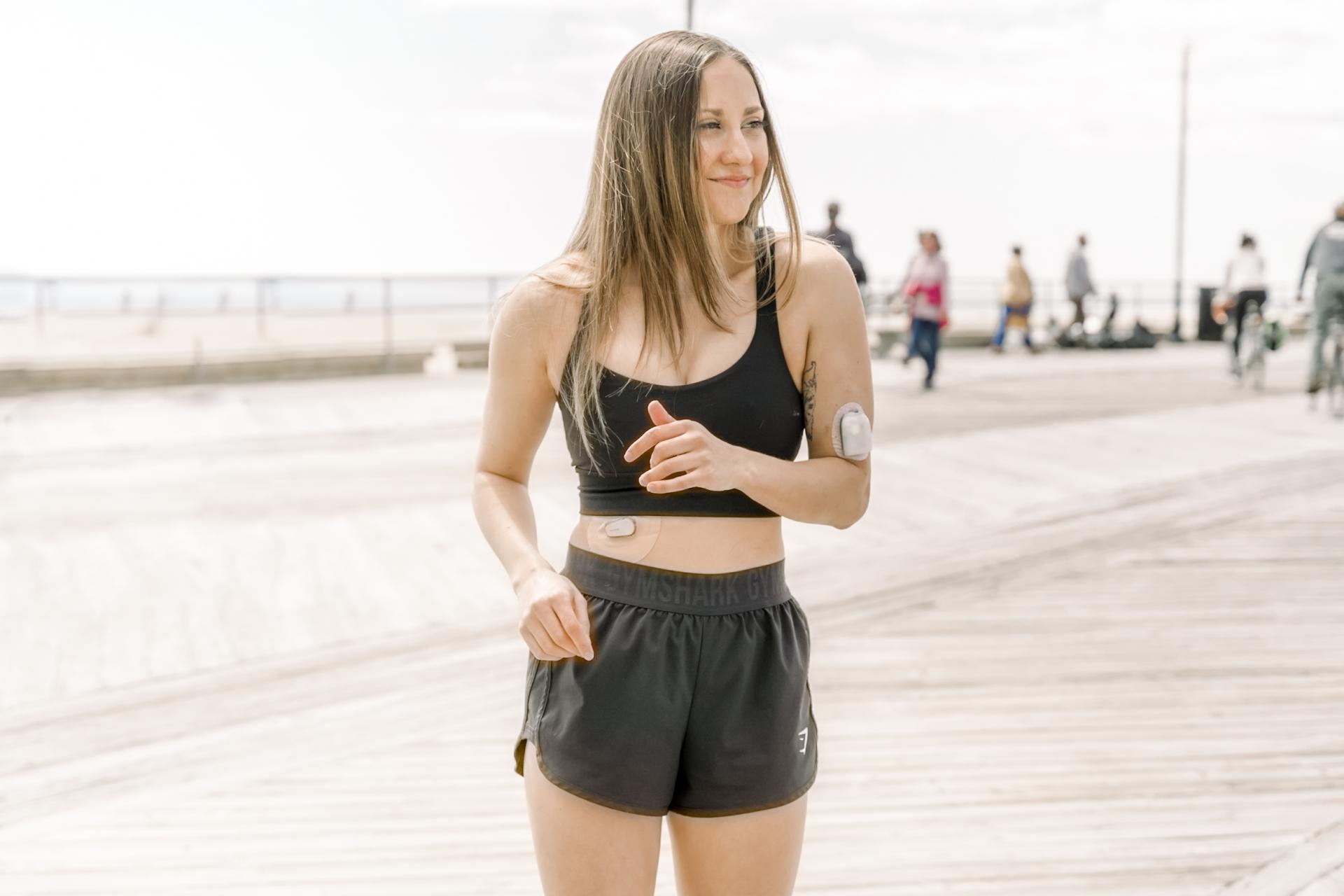RECENT POST
-
April 2021
-
CATEGORY
-
Diabetes Tips
-
Exercise Strategy
-
Mindset
-
Personal Stories
SUBSCRIBE

Exercise Strategy
How I Keep my Blood Sugars Stable During Exercise
1 May 2021
One of the most difficult parts about my diagnosis was rebuilding my relationship with exercise.
I felt like there were so many knowledge gaps in what I was learning, but my doctors kept it simple and gave me a checklist: don’t exercise below 150, check for ketones if your blood sugar is high and carry juice with you at all times.
The rules seemed easy, but the process was frustrating. I was constantly leaving the gym feeling defeated when I should have felt empowered.
Finally, after four years of avoiding moving my body in fear of my blood sugars, I decided to start testing and learning. It started with trying crossfit. I loved the sport and the challenge it gave my body, but the different WODs made my blood sugar unpredictable. Some workouts would spike me, others would make me drop – so I could never develop a clear action plan.
So I started going to my community gym. I tried various workout plans from other fitness trainers and eventually compiled what worked and what didn’t. That formed the Keeping it 100 Method to Exercise.
Keep in mind that everyone’s body is individual and there are a lot of factors that determine whether your workout will spike your blood sugars or drop them, but this method has worked for me and many of my clients! Of course, don’t start a new workout routine before consulting your physician first!
The Keeping it 100 Method to Exercise
The Keeping it 100 Method works off of the balance between anaerobic and aerobic exercise to keep blood sugars stable. If you’re not familiar with the difference, check out this video!
Where I start depends on my blood sugars walking into the gym. I follow stretching with either 10-15 minutes of cardio if my blood sugars are on the higher side, or compound lifts if they are in range.
Then I move onto compound lifts. My compound lifts include 2-3 lifts focusing on the larger muscle groups, with heavier weight (this will be relative to YOU). For optimal insulin sensitivity, I focus on full body. You may notice a gradual spike in your blood sugars here.
Next I follow with 2-3 accessory supersets. These are lighter weight, higher rep movements where I focus on the smaller muscle groups (ie. shoulders, biceps, triceps, etc.) These generally keep my blood sugars stable or cause a small drop.
Lastly, I finish up with a bodyweight circuit, so I use little-to-no weight to create the aerobic effect. These typically help my blood sugars come down gradually and get me back in range.
If needed, I’ll finish with 10-15 minutes of light walking on the treadmill, but I generally know that my muscles are still working after my workout is over so I will continue to see a drop in my blood sugars.
Want other helpful tips for working out with T1D? Check out our FREE Resource vault which has tons of actionable tools for you to use with everything from exercise, to basal rate testing, to nutrition, and more!
Get free access to the vault HERE.
Share this post on:

